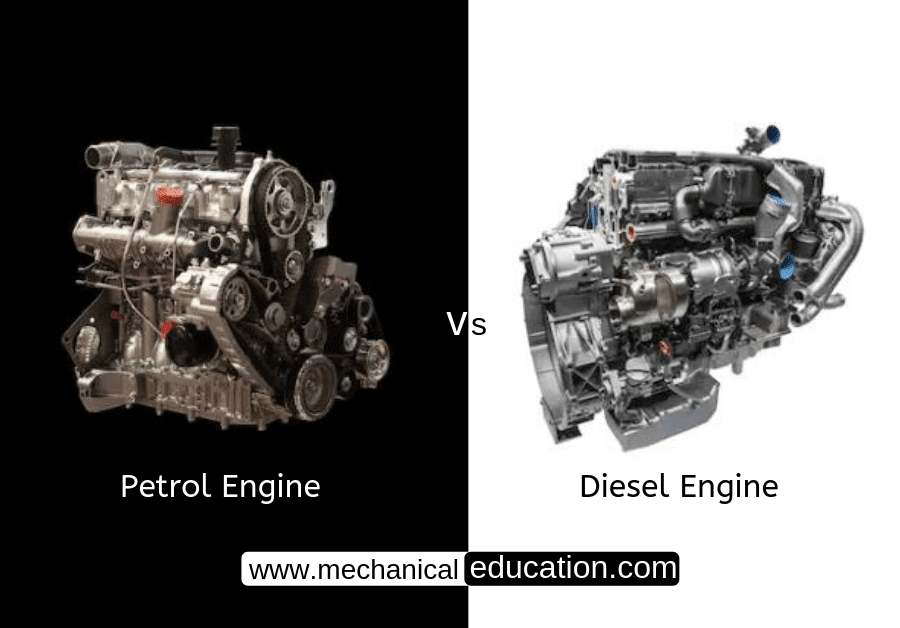Electron beam machining (EBM) is a process that uses a beam of high-energy electrons to remove material from a workpiece. It is a type of non-traditional machining process that is used in various industries for precision machining of complex and delicate parts. Here are some applications of electron beam machining:
- Aerospace: EBM is used in the aerospace industry to produce lightweight components with complex geometries. It is also used to repair components such as turbine blades and engine parts.
- Medical: EBM is used in the medical industry to produce implants such as hip and knee replacements. It is also used to produce dental prosthetics.
- Electronics: EBM is used in the electronics industry to produce high-precision components such as microelectromechanical systems (MEMS) and printed circuit boards.
- Automotive: EBM is used in the automotive industry to produce high-precision components such as fuel injectors and engine parts.
- Tool and die making: EBM is used to produce high-precision tool and die components for the manufacturing industry.
- Research and development: EBM is used in research and development to produce prototypes and test samples of new materials and components.
Overall, EBM is a versatile machining process that can be used in a wide range of industries and applications.
Frequently Asked Questions
1. What is Electron Beam Machining (EBM), and how does it differ from other machining techniques?
EBM is a non-traditional machining process that utilizes a focused beam of high-velocity electrons to remove material from a workpiece. It differs from traditional methods as it doesn’t involve physical contact between the tool and workpiece.
2. Where is Electron Beam Machining commonly applied in industrial settings?
EBM is commonly applied in aerospace, automotive, and electronics industries for precision drilling, cutting, welding, and surface modification of materials, especially those that are difficult to machine by conventional methods.
3. What are the advantages of using Electron Beam Machining for material processing?
Advantages include high precision, minimal heat-affected zones, the ability to machine heat-sensitive materials, and the absence of tool wear since there is no physical tool involved in the process.
4. How is the depth of cut controlled in Electron Beam Machining, and what factors influence it?
The depth of cut in EBM is controlled by adjusting parameters such as beam current, beam voltage, and scanning speed. Factors influencing depth of cut include material properties, electron beam parameters, and the desired machining outcome.
5. Can Electron Beam Machining be used for materials with high melting points?
Yes, EBM is particularly suitable for materials with high melting points, such as refractory metals and ceramics, where traditional machining methods might be challenging due to excessive tool wear.
6. What types of materials are commonly machined using Electron Beam Machining?
EBM is commonly used for machining materials like high-strength alloys, titanium, tungsten, ceramics, and composites. It is particularly effective for applications involving heat-sensitive or high-melting-point materials.
7. How is Electron Beam Welding different from Electron Beam Machining?
While both processes use focused electron beams, Electron Beam Welding joins materials by melting and fusing them together, while EBM removes material through controlled erosion, creating cuts, holes, or modifying surfaces.
8. Can Electron Beam Machining be used for micro-machining applications?
Yes, EBM is suitable for micro-machining applications due to its ability to produce precise features and intricate details. It is utilized in the production of small, complex components in various industries.
9. How does Electron Beam Machining minimize the heat-affected zone in the workpiece?
EBM minimizes the heat-affected zone by focusing the electron beam to a very small spot size, resulting in concentrated heat that quickly vaporizes and removes material. This reduces thermal diffusion and minimizes heat transfer to the surrounding areas.
10. What safety precautions are necessary when working with Electron Beam Machining systems?
Safety precautions include wearing appropriate protective gear, ensuring proper ventilation in the workspace, and following safety guidelines for the operation of electron beam systems. Operators must be trained to handle the equipment safely.




